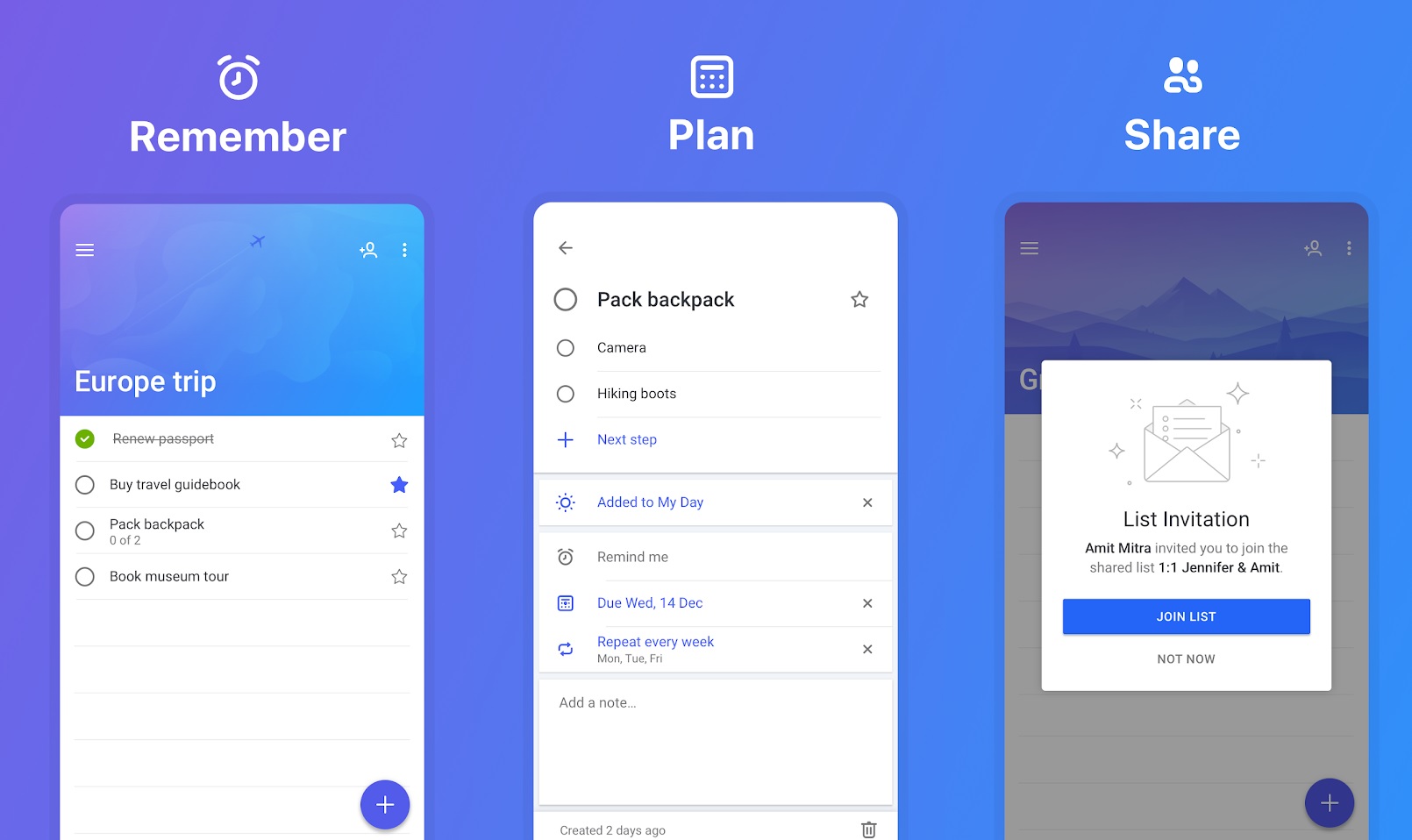

For example, a To Do task generated from an email should contain a pointer to that original email. One key feature of the To Do APIs is an important entity type in the Microsoft Graph: a “linked resource.” The idea is that data should be able to point back to the application that sourced it. All four navigate To Do resources and construct calls.

If you’re interested in exploring what’s next, an experimental version of the next release of the To Do API is in the Microsoft Graph’s beta namespace.Īt the heart of the To Do API are four key elements: the task list, the task, the checklist item, and the linked resource. You can use the Graph Explorer tool to experiment with queries before writing code, before using tools such as Postman to verify calls.
#Microsoft todo code#
If you’re building code to work with the To Do API, it helps to be familiar with the Microsoft Graph and how it works, as a set of REST APIs that require authentication to work effectively. The app is easy to use, with the option of sharing tasks across groups as well as keeping your own task list, but the Graph support and the associated APIs might be its most important feature, as these allow it to interact with other applications and workflows. It’s the successor to the popular Wunderlist and is built on top of the Microsoft Graph to store and manage lists of tasks.
#Microsoft todo android#
Microsoft 365 includes a subscription to To Do, a desktop task manager that integrates with Teams and Outlook and with iOS and Android clients. Managing tasks with To Do in the Microsoft Graph You could build your own from scratch, iterating on any of the myriad distributed “Hello, world” applications out there, or you could work with the APIs of an app that’s likely to be on every user’s desktop-and every user’s phone. What’s needed is a way to programmatically add tasks to a familiar, low-impact tracker that can check off tasks and report completion as necessary. That doesn’t stop people from wanting to keep on top of their assignments, no matter how small. How can organizations get visibility into a world of collaborative microwork where tasks are split up into individual toolchains and workflows with very little visible product? Some tasks don't fit into project plans and often surface in an ad hoc, asynchronous manner. One of the challenges of the modern enterprise is task management.


 0 kommentar(er)
0 kommentar(er)
